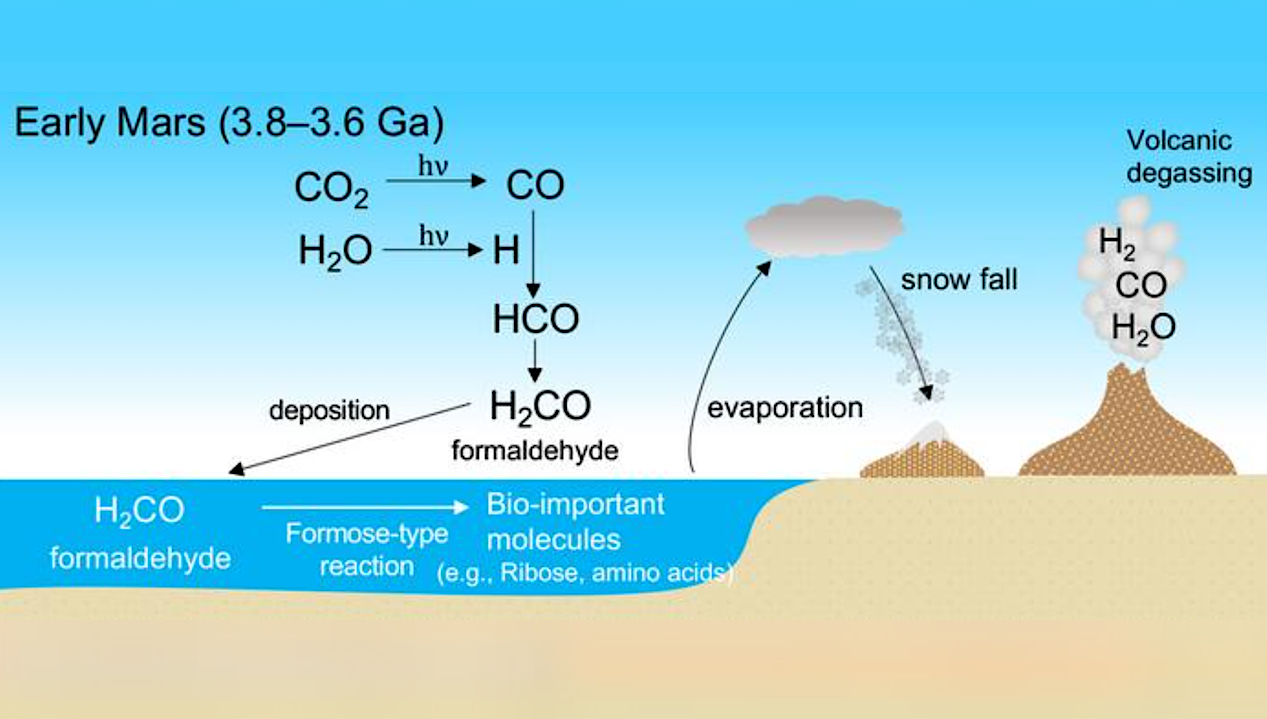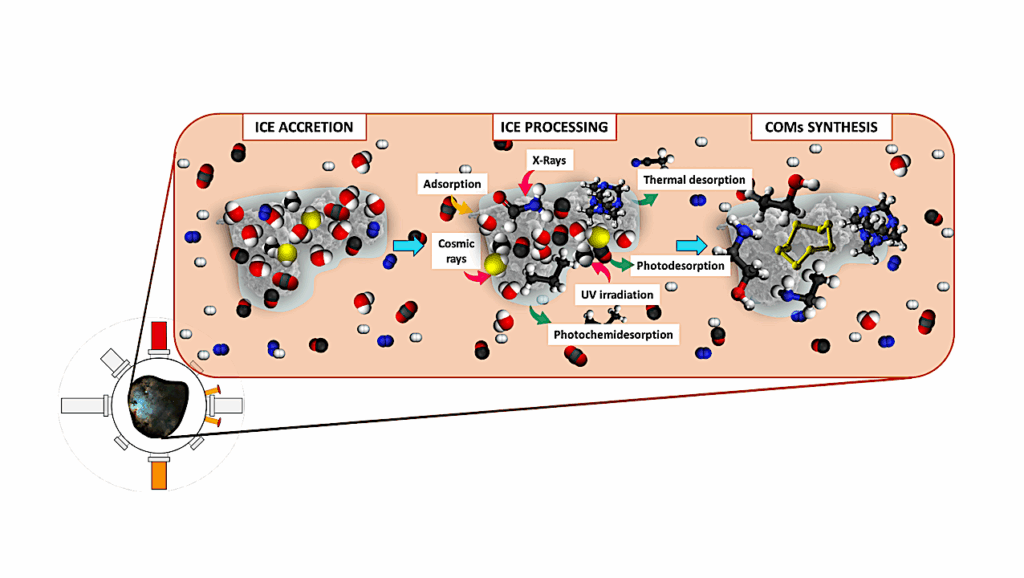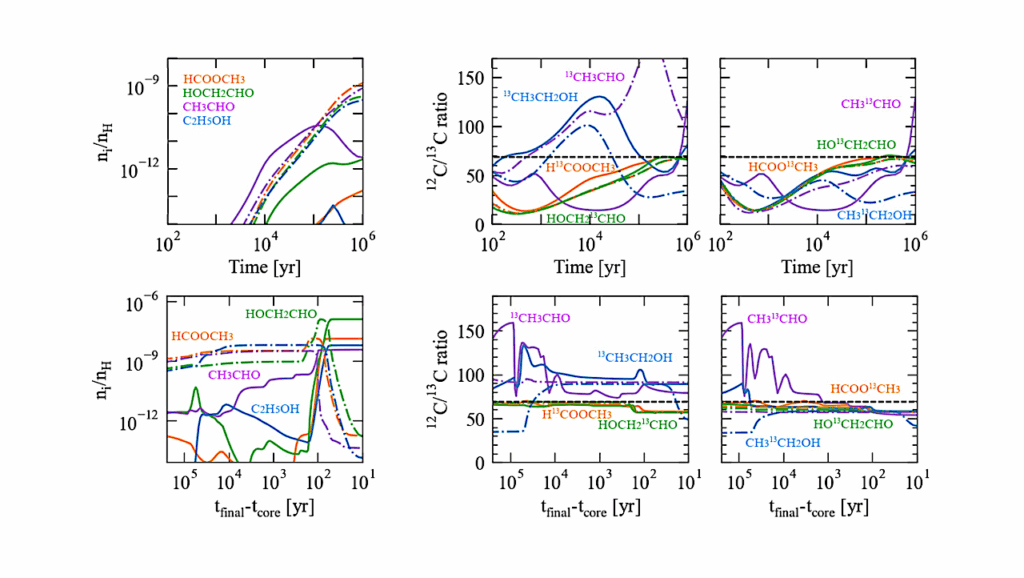Biomolecules Could Have Formed From Formaldehyde On Ancient Mars

Organic materials discovered on Mars may have originated from atmospheric formaldehyde, according to new research, marking a step forward in our understanding of the possibility of past life on the Red Planet.
Scientists from Tohoku University have investigated whether the early atmospheric conditions on Mars had the potential to foster the formation of biomolecules – organic compounds essential for biological processes. Their findings, published in Scientific Reports, offer intriguing insights into the plausibility of Mars harboring life in its distant past.
Today, Mars presents a harsh environment characterized by dryness and extreme cold, but geological evidence hints at a more hospitable past. About 3.8-3.6 billion years ago, the planet probably had a temperate climate, sustained by the warming properties of gases like hydrogen. In such an environment, Mars may have had liquid water, a key ingredient for life as we know it.
The researchers investigated whether formaldehyde could have formed in the early Martian environment. Formaldehyde is a simple organic compound that plays a crucial role as a precursor for the formation of vital biomolecules through purely chemical or physical processes. These biomolecules, like amino acids and sugars, serve as the fundamental building blocks for proteins and RNA, essential components of life.
Using an advanced computer model, the team simulated the potential atmospheric composition of early Mars to explore the potential for formaldehyde production. The model was built with the assumption that the atmosphere was rich in carbon dioxide, hydrogen, and carbon monoxide. Their simulations suggest that the ancient Martian atmosphere could have provided a continuous supply of formaldehyde which would have potentially led to the creation of various organic compounds. This raises the intriguing possibility that the organic materials detected on the Martian surface could have originated from atmospheric sources, particularly during the planet’s two earliest geological periods.
“Our research provides crucial insights into the chemical processes that may have occurred on ancient Mars, offering valuable clues to the possibility of past life on the planet,” says Shungo Koyama, lead author of the study. By revealing that there were conditions favorable for the formation of bio molecules, the research broadens our understanding of the planet’s ancient capacity to sustain life.
Next, the team plans to analyze geological data gathered by NASA’s Martian rovers, with the aim of increasing their understanding of organic materials present early in the planet’s history. By comparing the expected carbon isotopes of ancient formaldehyde with data from Martian samples, they hope to get a better picture of the processes that shaped the planet’s organic chemistry

Scenario for the atmospheric H2CO production at ca. 3.8–3.6 Ga (top panel), ca. 3.5–3.0 Ga (middle panel), and after ca. 3.0 Ga (bottom panel). In the Noachian and early Hesperian periods (3.8–3.6 Ga), the synthesized H2CO in the atmosphere was deposited into the ocean, forming bio-important molecules, such as ribose. In the middle and late Hesperian (3.6–3.0 Ga), H2CO was sporadically formed. Even in the period when H2CO was abundantly formed, subsequent formose reaction does not proceed due to the acidic condition of the water. From the Amazonian to the present (after 3.0 Ga), the production of H2CO is deficient, as in the case with H2 < 0.1% in the middle and late Hesperian.
Atmospheric formaldehyde production on early Mars leading to a potential formation of bio‐important molecules, Scientific Reports (open access)
Astrobiology








